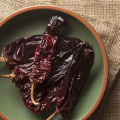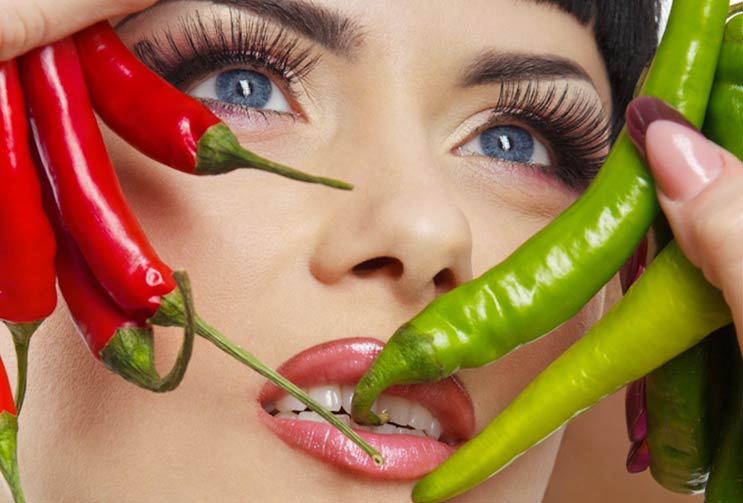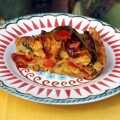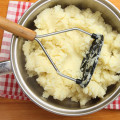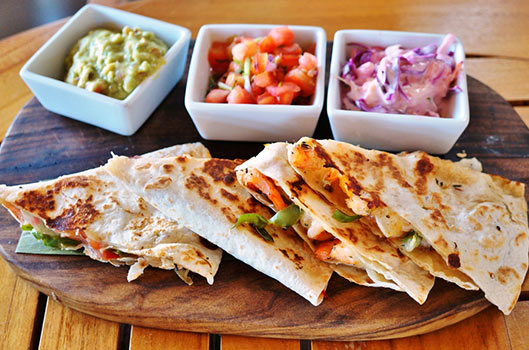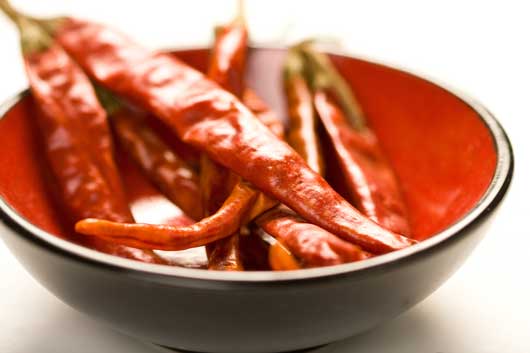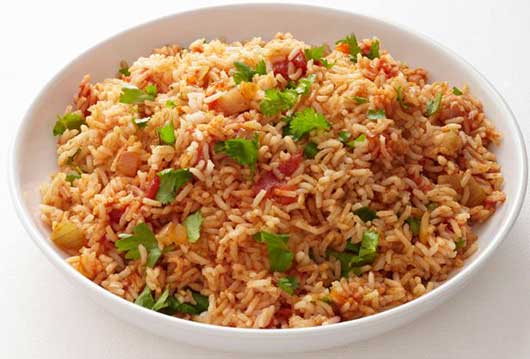 UPDATED June 17th, 2017
UPDATED June 17th, 2017
Chiles, both dried and fresh, are the kings of Mexican cooking. They form the base of so many popular dishes: salsas (draped over enchiladas, drizzled on tacos), homestyle guisados (such as pork in green sauce), or special-occasion dishes such as moles and pipiánes. In almost all cases, dried chiles are rehydrated in water and then blended to create a smooth sauce. You can also stuff them, if the chile is large enough.
HOT TOPICS
Here’s a quick primer on three of the most popular dried Mexican chiles. And one quick tip: dried chiles and fresh chiles always have separate names, even if they’re the same chile.
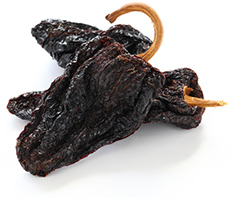 ANCHO
ANCHO
The ancho is a dried poblano pepper. It can look dark brown and almost like a raisin to the eye, but when you hold it up to the light, it should have a reddish tint that’s sometimes visible near the stem. It should smell fruity and berry-like, with notes of pepper and spice. If the chile is purplish-black and smells like a prune, this is not an ancho, but a mulato! Return to your chile seller and tell him he sold you the wrong thing. (Mislabeling is more common than you think.)
Read Related: Chile Primer Series II

